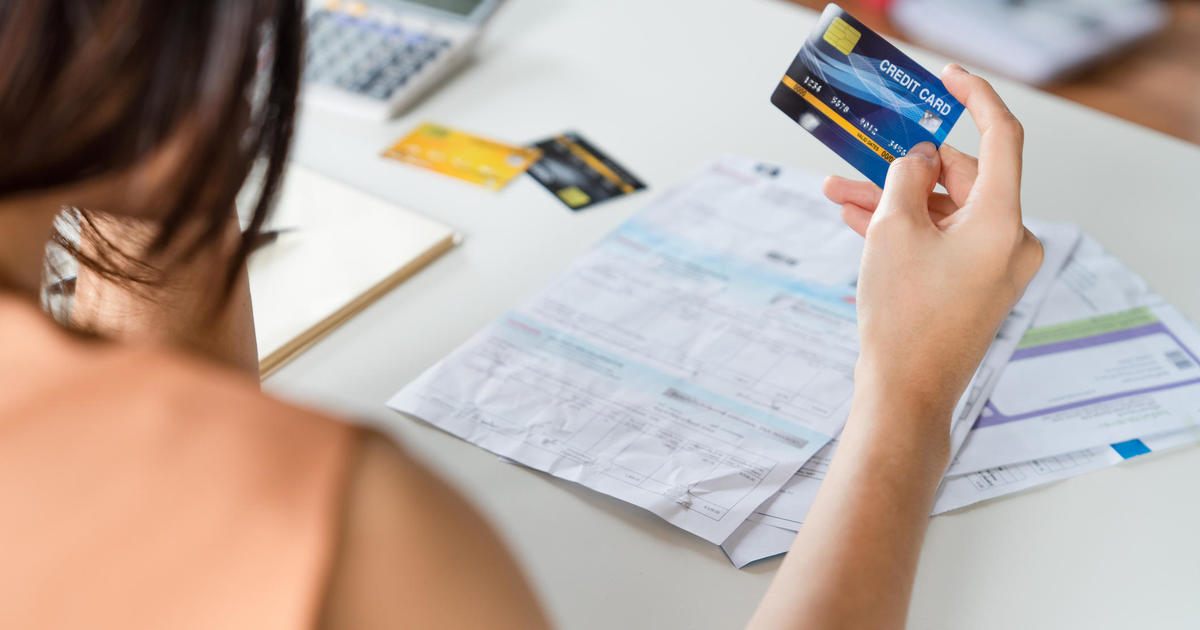Student loan payment requirements have resumed. Here's what to know.
Millions of Americans with student loans need to resume payments. The requirement kicks in again on October 1.
The pause on student loan payments began in March of 2020 as part of a series of pandemic-related economic relief measures. Since then, the pause was extended several times, but Congress earlier this year blocked additional extensions.
Some had wondered whether a potential government shutdown might lead to further delays, but Education Department officials said that was not the case, since servicers would still be able to process payments. In any case, Congress voted Saturday to extend government funding, averting a shutdown for now — though another funding standoff could loom in November.
"Even if extreme House Republicans needlessly shut down the government, loan payments will continue to be due starting this month," an Education Department spokesperson told CBS News.
Here's what to know about where things stand.
When are student loan payments due?
Payments will be due starting in October, federal officials said. You should have received a billing statement or other notice at least 21 days prior to the bill's due date. If you didn't receive a billing notice, contact your student loan servicer, the Education Department said.
While payments are due in October, interest already started accruing on September 1.
How do I find out who my loan servicer is?
Some loan servicers changed during the pandemic, which means the entity that handled your loan prior to March 2020 — when the repayment freeze began — might not be the company that you are now dealing with. (Some of the changes are listed by the Education Department at this site; for instance, Navient ended its servicing contract in 2021, and its accounts were picked up by Aidvantage.)
You can find out which servicer is handling your loans by logging into your account at the Federal Student Aid website and clicking on the "My Loan Servicers" link. Experts are advising borrowers to make sure they can log into their accounts with the servicer.
I moved. Should I update my information?
You should update your information with your loan servicer, experts told CBS MoneyWatch. Log into your servicer account — or set up a new account if you don't have one — to check your contact information. Your information may need to be updated given that it's been more than three years since loan payments were due.
How can I find how much I owe?
Log into your servicer account, which will tell you how much you owe and the date the payment is due, according to the National Association of Student Financial Aid Administrators.
What student loan repayment plans are available?
Borrowers are automatically enrolled in the standard repayment plan, which is a 10-year schedule to pay down their balances. But that's also the most expensive plan, and some borrowers may get sticker shock at seeing their payments due in October.
However, other repayment plans are available. New and existing borrowers should take time to review the other repayment options, such as the Saving on a Valuable Education, or SAVE, plan, a new income-based repayment option from the Biden administration. It could lower, or even eliminate, monthly loan payments for more than 20 million borrowers. (You can apply for SAVE at this Education Department site.)
You can use the loan simulator at the Federal Student Aid site to figure out which plan is best for you, such as income-driven repayment plans, which peg borrowers' payments to their monthly income.
What is the SAVE plan?
The plan is open to borrowers with direct subsidized and unsubsidized loans, as well as Direct PLUS loans for graduate and professional students, and for direct consolidation loans.
Although the plan is open to applicants, its full benefits won't go into effect until 2024. For instance, borrowers in the SAVE plan with undergraduate loans will have their monthly payments reduced from 10% to 5% of their discretionary income. But the 5% rate won't begin until mid-2024, according to the Education Department.
Other elements of SAVE will offer immediate relief, including eliminating negative amortization, which allowed interest on student loans to snowball and often left borrowers owing more than they had initially borrowed.
—With reporting by the Associated Press.



